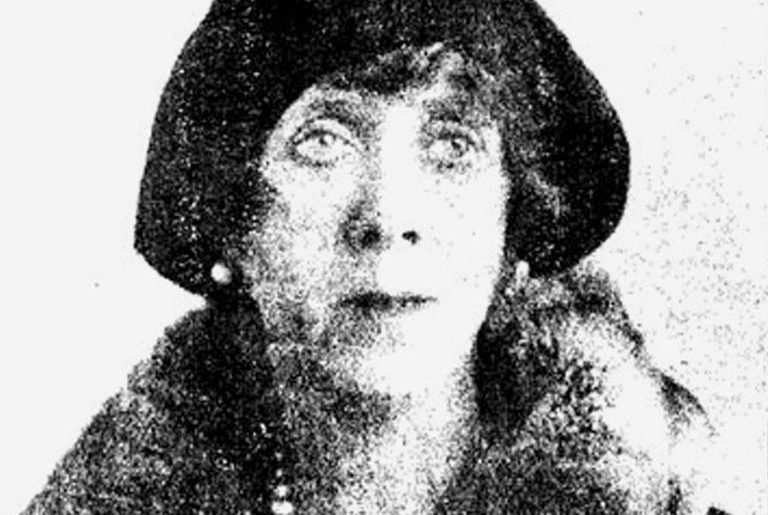Born in New Malton, York, on the 5th of February 1883, Irene Serga Alice Jane Mary Wentworth-Fitzwilliam led a life surrounded by Aristocracy and Politics. Her father was an MP, representing Wicklow, West Riding of Yorkshire South. Her mother a Lady in Waiting to the Duchess of Saxe-Coburg and Gotha. Coming from a privileged background meant she led the life of a socialite, rubbing shoulders with the elite and debuted at 19 into society at the court held by the King and Queen at Buckingham Palace. So how did a woman of the utmost upper-class background find herself on a pilgrimage to Makkah and embracing Islam? Let’s explore.
It wasn’t until the 13th of February 1931, aged 43, Irene first made her travel to Egypt where her exploration of Islam began. According to the ‘New Castle Journal,’ she had made her journey there for “health reasons and [to make] and strong study of various religions.” What really prompted this trip? Well, a later account in the ‘Linlithgowshire Gazette’ provides us that answer. It was her conversion to Islam, after being in “bed with influenza… she saw an advert in a newspaper” which headlined “Come to Sunny Egypt.”Inspired by this prompt and recovering from ill health, she left to explore her faith. It was reported she said she found Christianity “unreasonable” and “[she] was a Moslem at heart long before [she] officially embraced Islam.”
In most findings, it is said Irene converted to Islam in 1931 although others state it was in 1933. While these dates come with ambiguity, it is demonstrative of the dedication and time it takes to walk the path of religious development. It was her journeys to and from Egypt which encouraged religious clarity. From Alexandria she embarked upon her journey to Makkah, taking £20 – todays equivalent of £953 – in gold to pay the Saudi Arabian Government dues. On the celebration of the Prophets (PBUH) birthday she shared a speech on her reflections regarding Hajj:
Everybody desires world peace; well, there is nothing which will better accomplish that than the festival at the end of the Pilgrimage and Arafat, where all nationalities – black, white, brown, yellow – all dressed alike, kings, beggars, poor and rich, side by side, offer up one universal hymn of praise to Allah. Surely this equality should encourage world peace.
On her return to England, Irene became a part of the Muslim community at Woking Mosque and appeared on the frontispiece of the June 1937 issue of the ‘Islamic Review,’ the mosques own publication. In the same year ‘The Daily Independent’ newspaper reported ‘Colourful Ceremonial in Tent’ for the Eid Al-Fitr celebrations, where it is noted that these prayers were “followed by a luncheon hosted by Al-Hajja Aisha Wentworth-Fitzwilliam.” She returned to Egypt from Southampton a year later under her new name Aisha El-Mahdia, linguistically in Arabic meaning the enlightened. It would seem that Aisha had travelled back and forth from Egypt, returning home where she spent the rest of her days until her death aged 89, on the 19th March 1972.
Research by Ruby Smith, a University of Westminster graduate in Arabic and Literature. She focused on her final dissertation on the hijab, after a year living between Rabat, Morocco and Cairo, Egypt. Ruby has explored traditional Islamic Scholarly texts in light go the current dialogue surrounding Britishness and Islam and is now pursuing a career in the heritage Sector.
